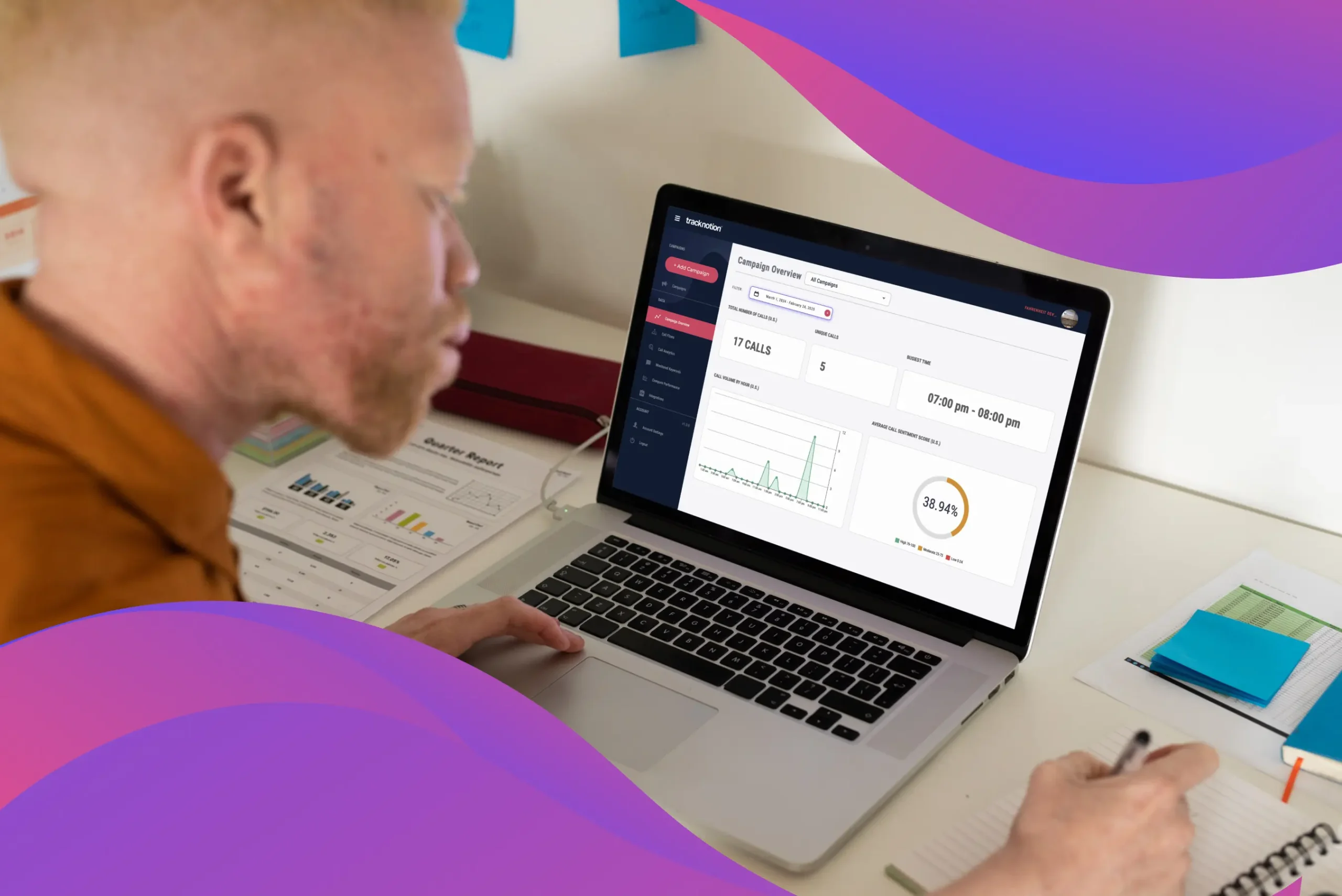Phone calls drive over 60% of business revenue, yet many marketers struggle to measure their impact accurately.
Call tracking for marketers has become more crucial than ever as customers increasingly switch between digital and voice channels.
Whether you're new to call tracking or looking to upgrade your existing system, understanding what it is and how it works can transform your marketing strategy.
As we approach 2025, businesses that fail to implement proper call analytics risk missing valuable customer insights and marketing opportunities.
What is Call Tracking and Why It Matters Now
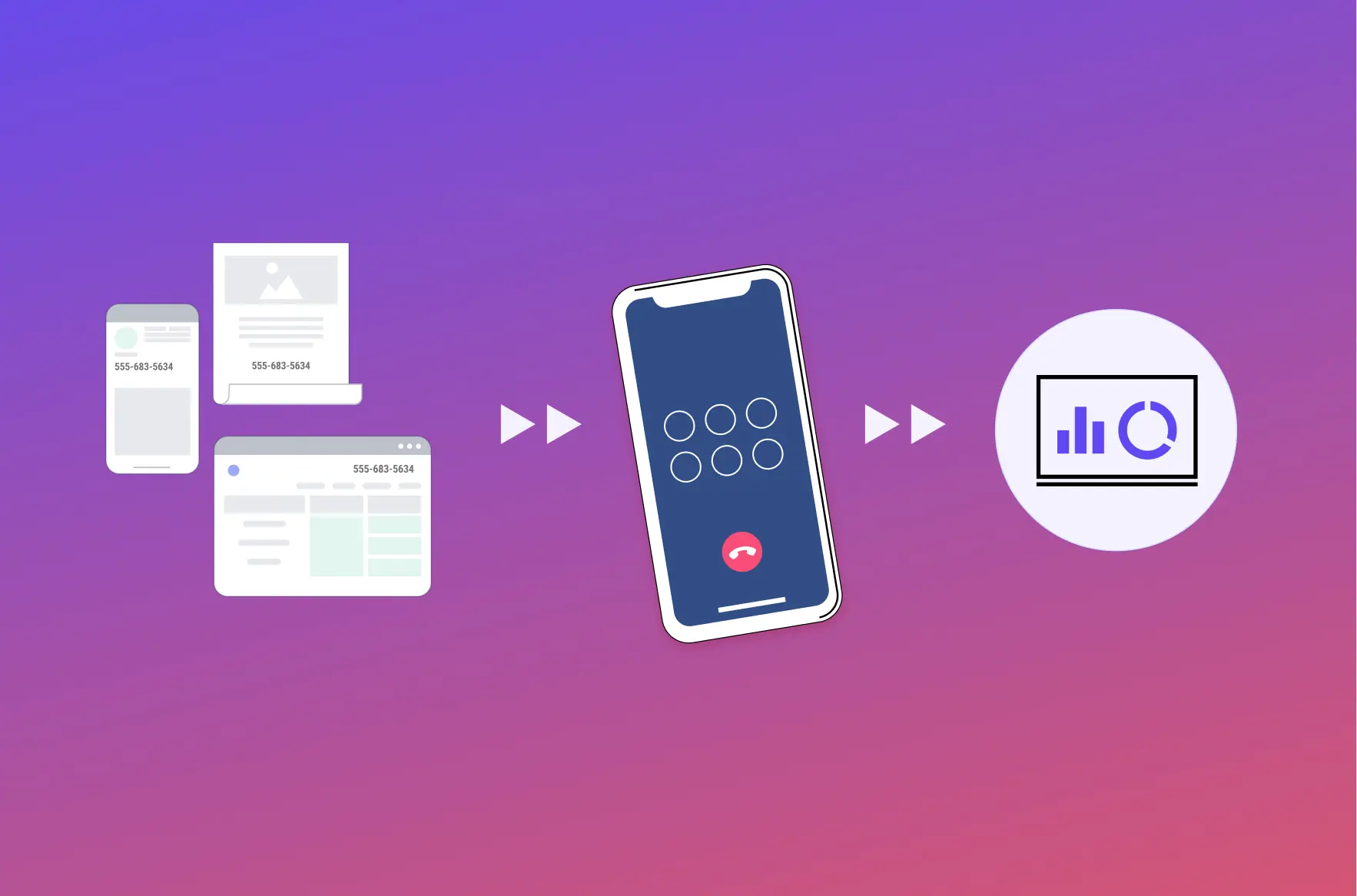
Call tracking software has evolved into a sophisticated tool that connects offline phone interactions with online customer journeys. Modern call tracking assigns unique phone numbers to different marketing channels, enabling businesses to identify which sources drive the most valuable calls.
Understanding AI-powered call tracking
Advanced call-tracking platforms now incorporate AI-powered analytics to extract deeper insights from every call. These systems can analyze caller sentiment, detect purchase intent, and provide real-time insights into customer interactions.
Modern platforms integrate seamlessly with CRM systems and marketing automation tools, creating a unified view of customer touchpoints across all channels.
The evolution of customer communication
Customer communication patterns have shifted dramatically. While digital channels have expanded, phone calls remain crucial, accounting for over 60% of inbound interactions.
Cloud-based contact center solutions have grown substantially, with the market expected to reach USD 120 billion by 2032.
Why 2025 is crucial for call analytics
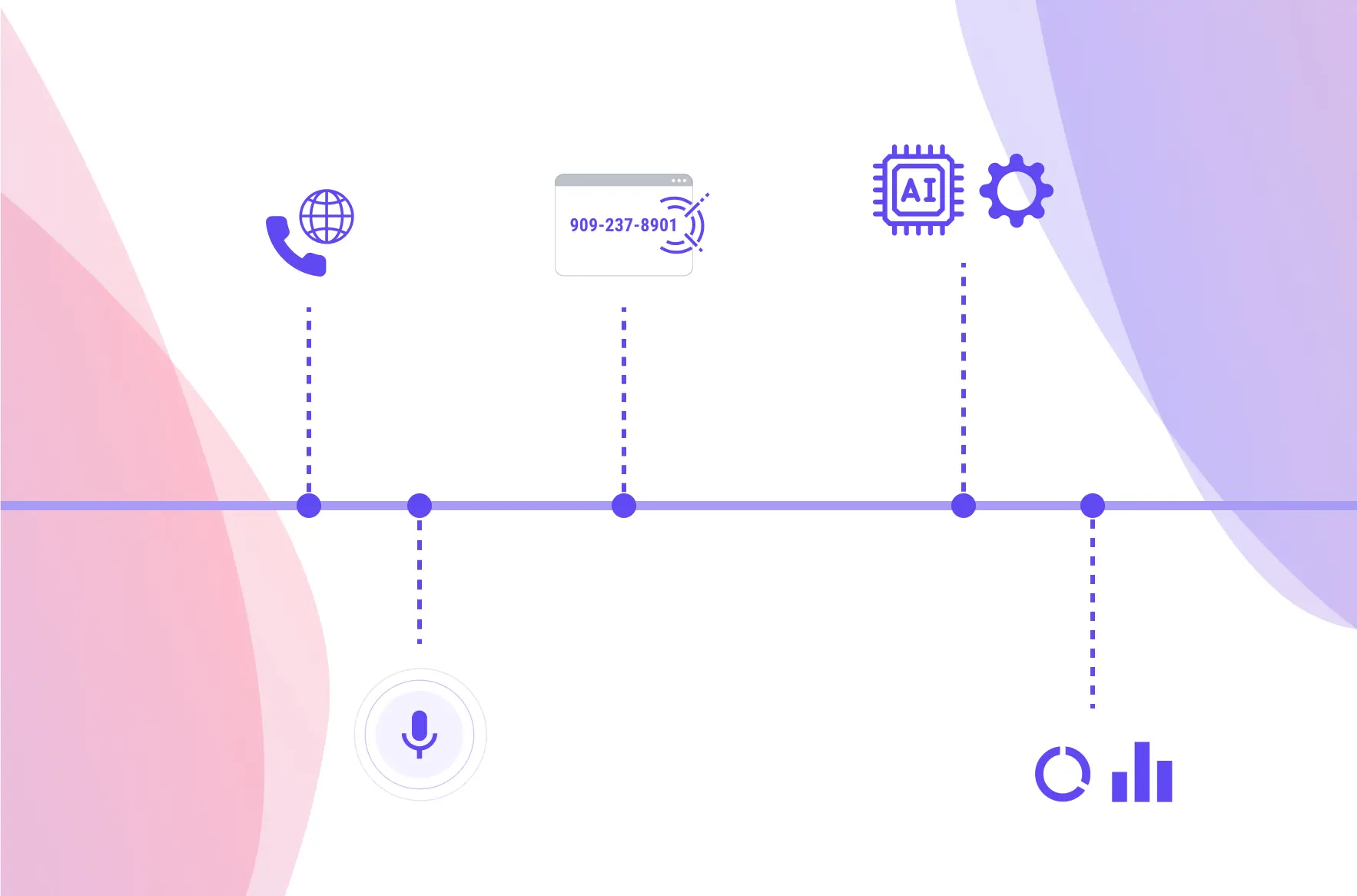
The year 2025 marks a pivotal point for call analytics adoption. Businesses are increasingly leveraging data-driven insights to enhance customer experiences and streamline operations.
Moreover, advanced sentiment analysis capabilities help detect customer satisfaction levels in real time, allowing companies to adjust responses proactively.
Key developments shaping call tracking in 2025 include:
- Integration of real-time analytics for proactive intervention
- Enhanced performance analytics for workforce optimization
- Sophisticated customer journey mapping across multiple touchpoints
Subsequently, these advancements enable businesses to process vast amounts of call data efficiently, identifying trends and patterns that might otherwise go unnoticed.
Marketers can make more informed decisions about resource allocation and campaign optimization.
The Benefits of AI-Powered Call Tracking in Digital Marketing

Dynamic call tracking gives marketers precise data about their marketing campaigns' performance.
This robust tool connects every customer interaction to specific marketing efforts, enabling businesses to make informed decisions about advertising spending.
Better campaign attribution
Call tracking gives marketers complete visibility into which channels drive valuable phone conversations.
Specifically, dynamic call tracking can trace any conversation – whether phone, text, chat, or form – back to its online or offline advertising source. This capability helps teams understand which channels, ads, campaigns, and keywords generate the most valuable interactions.
Notably, marketers who implement call tracking can:
- Connect digital marketing journeys to phone calls
- Track campaign effectiveness across multiple channels
- Identify patterns in customer behavior
- Link revenue directly to specific marketing efforts
How Call Tracking Increases ROI for Marketers
According to Forrester, phone calls have higher conversion rates and average order values than other forms of engagement, with 84% of marketers confirming this trend. Primarily, call tracking enables businesses to:
Call tracking essentially bridges the gap between online and offline marketing activities. By analyzing metrics such as call duration, frequency, and outcomes, marketers can refine their strategies to enhance phone call ROI.
This detailed analysis helps identify which marketing efforts generate the most calls and, particularly, the highest-value leads most likely to convert.
AI-powered call tracking provides unified data that helps optimize advertising spend when integrated with other marketing tools. Teams can reduce cost-per-click on paid search, lower cost-per-acquisition, and increase return on ad spend.
Furthermore, this comprehensive approach allows businesses to eliminate wasted spending on campaigns that drive non-sales-related calls.
How Call Tracking Works in Practice
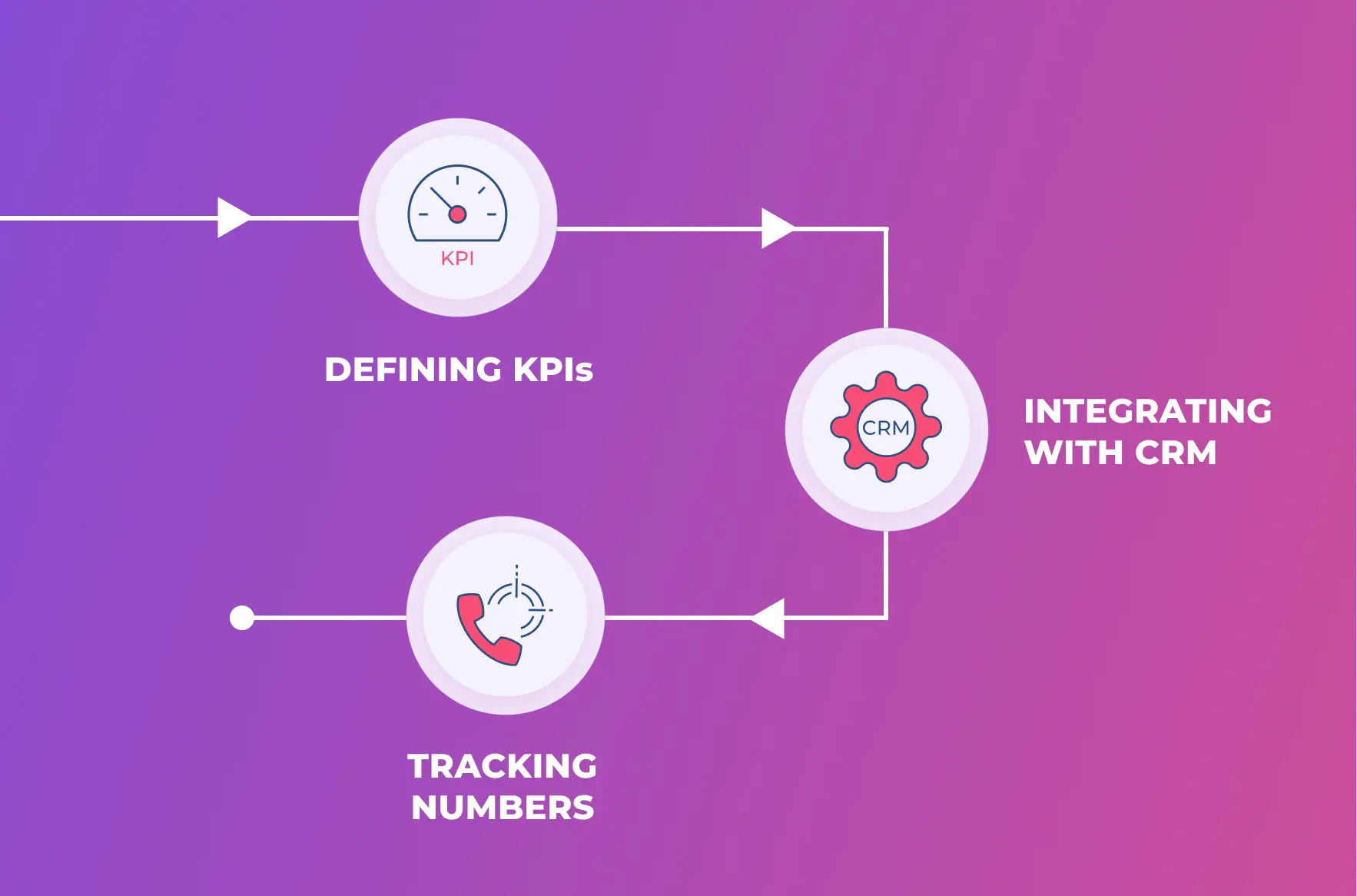
Implementing a call-tracking system requires careful planning and strategic execution. Before selecting a platform, establish clear objectives for your tracking needs.
Setting up your first tracking system
A successful call-tracking implementation begins with choosing a robust platform that aligns with your business goals. The setup process involves creating tracking numbers and adding JavaScript snippets to your website.
Primarily, businesses should focus on these essential steps:
- Define tracking objectives and KPIs
- Select appropriate tracking numbers for campaigns
- Install tracking code across website pages
- Configure call routing and recording settings
- Test the system thoroughly before launch
Integration with existing tools
Call tracking platforms offer extensive integration capabilities with over 2,000 marketing and analytics tools. Indeed, seamless integration with CRM systems, marketing automation platforms, and analytics tools creates a unified view of customer interactions.
Businesses should integrate their call-tracking data with Google Analytics, bid management systems, and automation tools for optimal performance.
Common implementation challenges
Although call tracking setup appears straightforward, several challenges often arise during implementation. One significant issue is incomplete tracking code installation, leading to missed call attribution.
Therefore, regular validation of phone numbers and thorough testing of the tracking system become crucial. Next, privacy compliance presents another challenge—businesses must ensure proper handling of call recordings and protection of customer data.
To overcome these challenges, organizations should provide comprehensive training to team members and establish clear protocols for call handling.
Similarly, regular monitoring and optimization of the tracking setup ensure long-term success and accurate data collection.
Making Data-Driven Decisions with Call Analytics
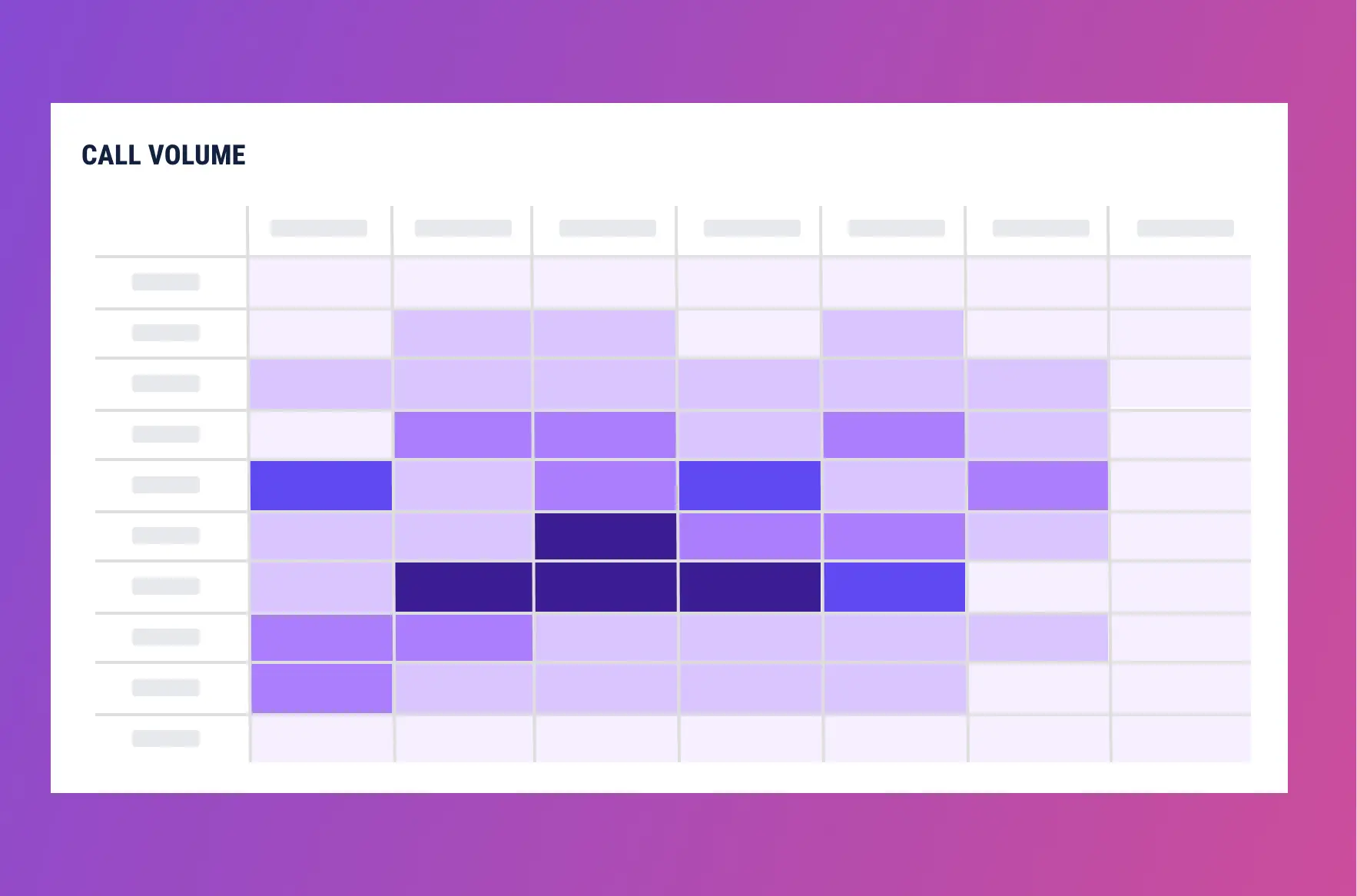
Successful call analytics implementation hinges on interpreting and acting upon the wealth of data collected.
Modern call-tracking platforms offer comprehensive insights that, primarily through AI-powered analysis, help businesses understand customer behavior patterns and optimize their marketing strategies.
Reading call tracking reports
Call tracking reports provide detailed insights across multiple dimensions. First, source-based reports highlight the number of calls that result from various channels, including organic search, PPC campaigns, and social media.
Next, analyzing call distribution patterns reveals peak calling times and geographic trends, enabling better resource allocation.
Key metrics to monitor include:
- Call volume and duration trends
- Conversion rates and outcomes
- First-time versus repeat caller ratios
- Geographic distribution of calls
- Campaign-specific performance data
In addition to basic metrics, AI-powered conversation intelligence examines call transcripts to identify customer pain points, common questions, and successful sales techniques.
This deeper analysis helps identify trends that might otherwise go unnoticed.
Acting on customer insights
Armed with comprehensive call data, businesses can make strategic improvements across multiple areas.
By analyzing call recordings and transcripts, companies can identify effective sales tactics and areas for improvement.
Call analytics data pushed into Google Ads enables more accurate ROI measurement and helps optimize campaigns for lower cost per conversion.
Ultimately, businesses use these insights to enhance customer experience through several channels.
Finally, by understanding areas causing customer frustration, companies can proactively address issues and improve service delivery.
Integrating call analytics with CRM systems creates a closed loop for tracking lead quality and sales outcomes. This comprehensive approach allows businesses to measure the true value of calls from each marketing source, providing a holistic view of campaign performance.
How Agencies Can Pitch Call Tracking to Clients
For marketing agencies, offering call tracking as part of your service package can be a game-changer. Clients always seek ways to prove ROI, optimize campaigns, and generate more high-quality leads.
Here’s how agencies can effectively pitch call tracking to clients:
1. Show the ROI Potential
Clients care about measurable results. Highlight how call tracking directly links marketing efforts to conversions, proving which channels drive the most valuable calls. Use case studies or industry data to demonstrate how businesses increase revenue by optimizing campaigns with call tracking.
2. Position It as a Competitive Advantage
Many businesses still lack a clear understanding of how calls impact their marketing success. By offering call tracking, agencies position themselves as data-driven partners who can provide deeper insights than competitors relying solely on digital metrics.
3. Emphasize Cost Savings
Wasted ad spend is a major concern for businesses. Call tracking helps eliminate budget waste by identifying underperforming ads and reallocating spending to high-converting channels. This efficiency can lower CPA (cost per acquisition) and increase return on ad spend (ROAS).
4. Highlight Integration with Existing Tools
Many businesses already use CRMs and marketing automation platforms. Stress how modern call tracking tools seamlessly integrate with Google Analytics, Salesforce, HubSpot, and other essential platforms, creating a unified customer journey without additional workload.
5. Use Real-Life Scenarios
Present hypothetical or real examples where businesses struggle with lead attribution and how call tracking solved the issue.
For instance, a local law firm might be investing in PPC but has no way to track which keywords drive the most valuable calls. Call tracking would provide that missing data, optimizing ad spend.
6. Offer a Trial or Demonstration
Hands-on experience can be a powerful persuader. If your agency partners with a call tracking provider like TrackNotion, offer a free trial or a demo to show clients exactly how it works.
This removes hesitation and showcases the immediate benefits.
It allows agencies to not only sell the service but also strengthen their role as strategic partners in their clients’ success.
Conclusion
Call tracking will continue to play an even more significant role in 2025 as customer communication patterns continue to evolve.
Companies that embrace these analytics tools position themselves to make smarter marketing decisions, optimize their advertising spend, and deliver better customer experiences based on real data.
Looking to implement call tracking for your marketing strategy?
Want to see how call tracking can optimize your campaigns? Sign up for a FREE 14-day trial today and gain real-time insights into your calls!
